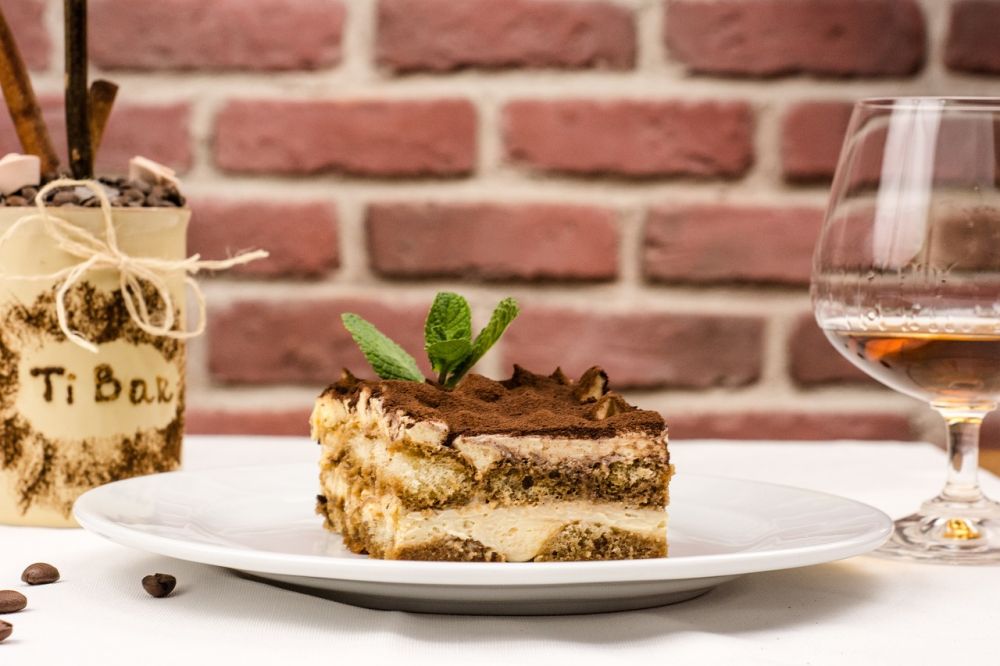Sushi Bake: A Comprehensive Guide to this Delectable Dish

Introduction:
Sushi bake has gained significant popularity in recent years, enticing food enthusiasts with its unique twist on traditional sushi. This article aims to provide an in-depth overview of sushi bake, including its origins, different variations, and the quantitative measurements used in its preparation. Furthermore, we will delve into the distinctions between various sushi bake recipes and explore the historical pros and cons associated with this culinary phenomenon.
I. What is Sushi Bake:

Sushi bake is a modern take on the classic Japanese dish of sushi. It consists of a layer of seasoned sushi rice topped with a variety of ingredients such as fresh seafood, vegetables, and flavorful sauces. The dish is then baked until the flavors meld together, creating a mouthwatering amalgamation of textures and tastes. Sushi bake offers a convenient and visually appealing way to enjoy the flavors of sushi in a larger, shareable format.
II. Types of Sushi Bake:
1. Traditional Sushi Bake:
This type of sushi bake typically features a combination of seafood, such as tuna, salmon, or shrimp, mixed with mayonnaise, soy sauce, and other seasonings. It is often topped with a layer of creamy cheese, which adds a delightful richness when baked.
2. Vegetarian Sushi Bake:
For those seeking a plant-based alternative, vegetarian sushi bake provides a delectable option. Instead of seafood, this variation incorporates an assortment of fresh vegetables, such as cucumber, avocado, and carrots, combined with vegetarian-friendly sauces and seasonings.
3. Fusion Sushi Bake:
Inventive chefs have experimented with fusion sushi bake, incorporating ingredients and flavors from different culinary cultures. This type of sushi bake may include elements like spicy mayo, teriyaki sauce, or even Mexican-inspired ingredients, creating a fusion of flavors that appeals to adventurous palates.
III. Quantitative Measurements in Sushi Bake:
To ensure the perfect balance of flavors, sushi bake recipes often call for specific measurements of ingredients. For example, a traditional recipe may require one cup of sushi rice, 200 grams of fresh tuna, 100 grams of mayonnaise, and a tablespoon of soy sauce. These measurements allow for consistency in taste and texture across different batches of sushi bake.
IV. Differentiating Factors:
Although sushi bake recipes generally follow a similar concept, there are notable differences that set them apart. Factors such as the type of seafood used, choice of vegetables, and variety of sauces and seasonings contribute to the distinct flavors of each recipe. Additionally, variations in baking time and temperature can affect the overall texture and presentation of the dish.
V. Historical Perspective:
Sushi bake has evolved from traditional sushi, adapting to contemporary tastes and preferences. One advantage of sushi bake is its simplicity and ease of preparation, making it accessible for home cooks. However, critics argue that this modern twist lacks the refined artistry and delicate aesthetics associated with traditional sushi.
Conclusion:
Sushi bake offers a delightful fusion of flavors, combining the beloved elements of sushi with the convenience of a baked casserole. Its versatility allows for endless variations, catering to different dietary preferences and culinary experiments. Whether you crave the classic combination of seafood and cheese or prefer a plant-based twist, sushi bake promises to tantalize your taste buds with every bite.
By providing a comprehensive guide to sushi bake, we hope to inspire and educate food and drink enthusiasts who want to explore this enticing culinary trend. With its increasing popularity, sushi bake serves as a testament to the ever-evolving nature of gastronomy, allowing for new and exciting flavor combinations to be enjoyed by all.





